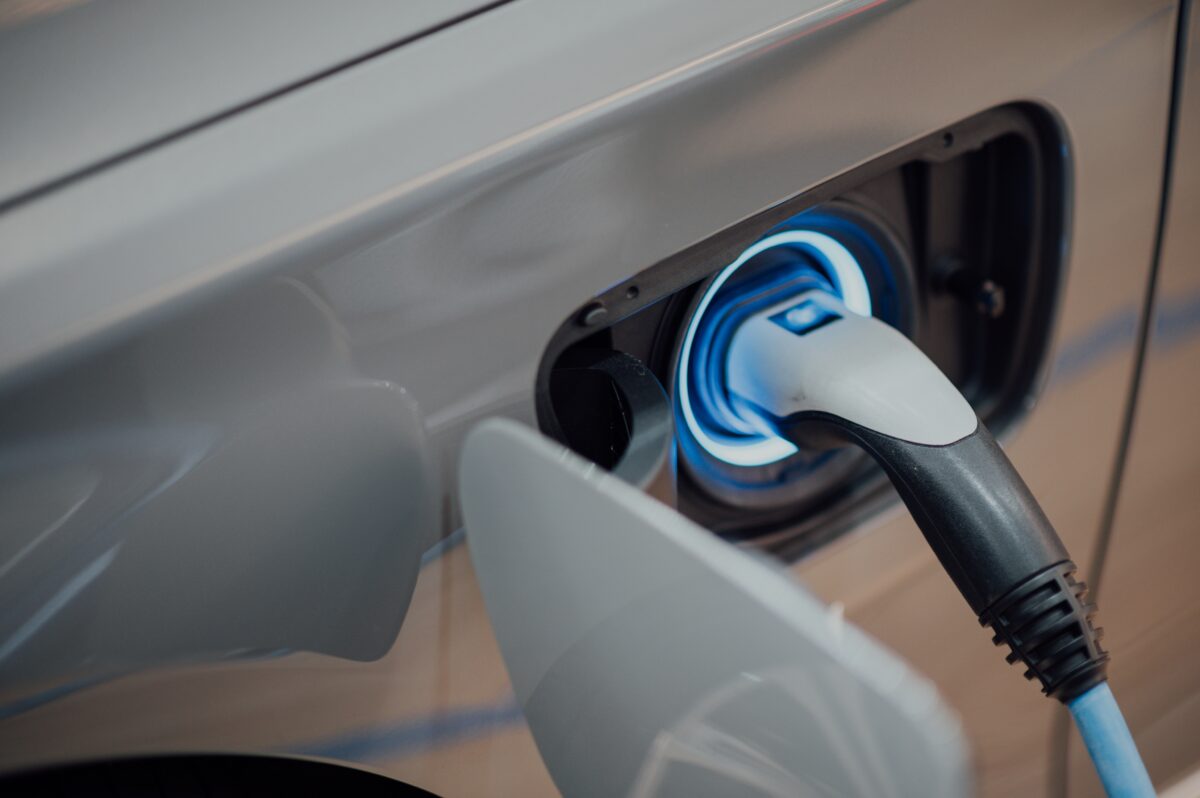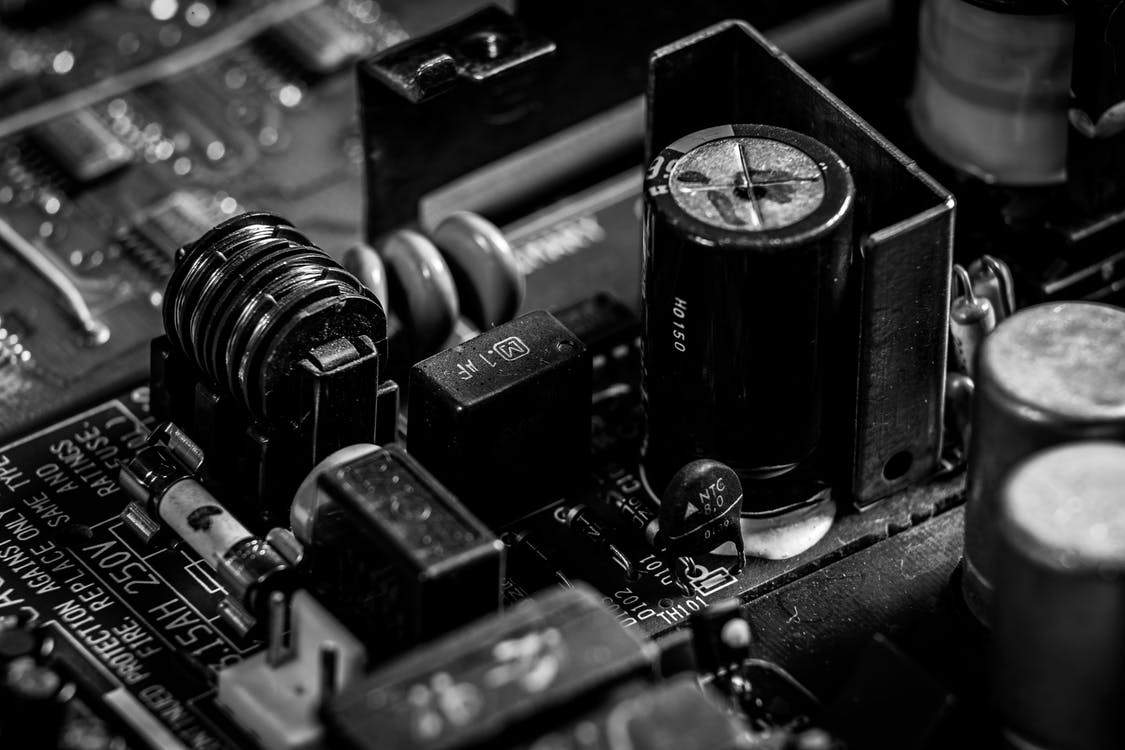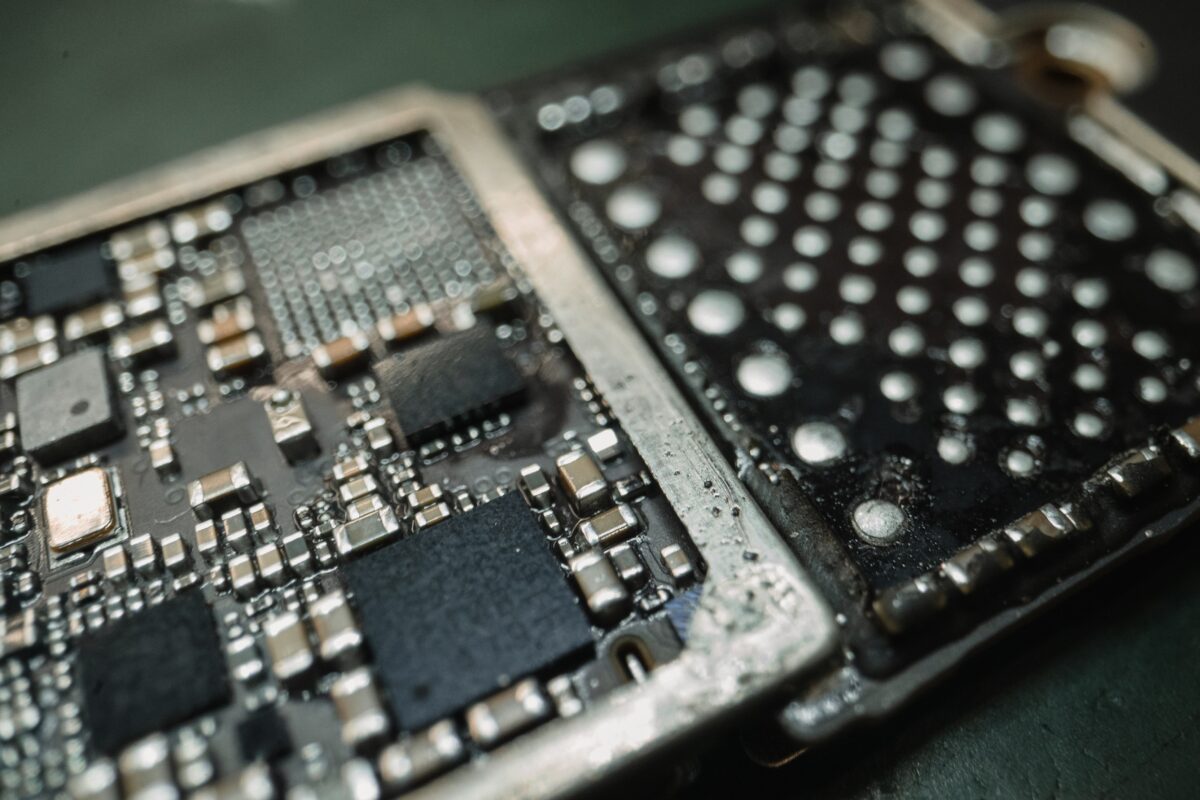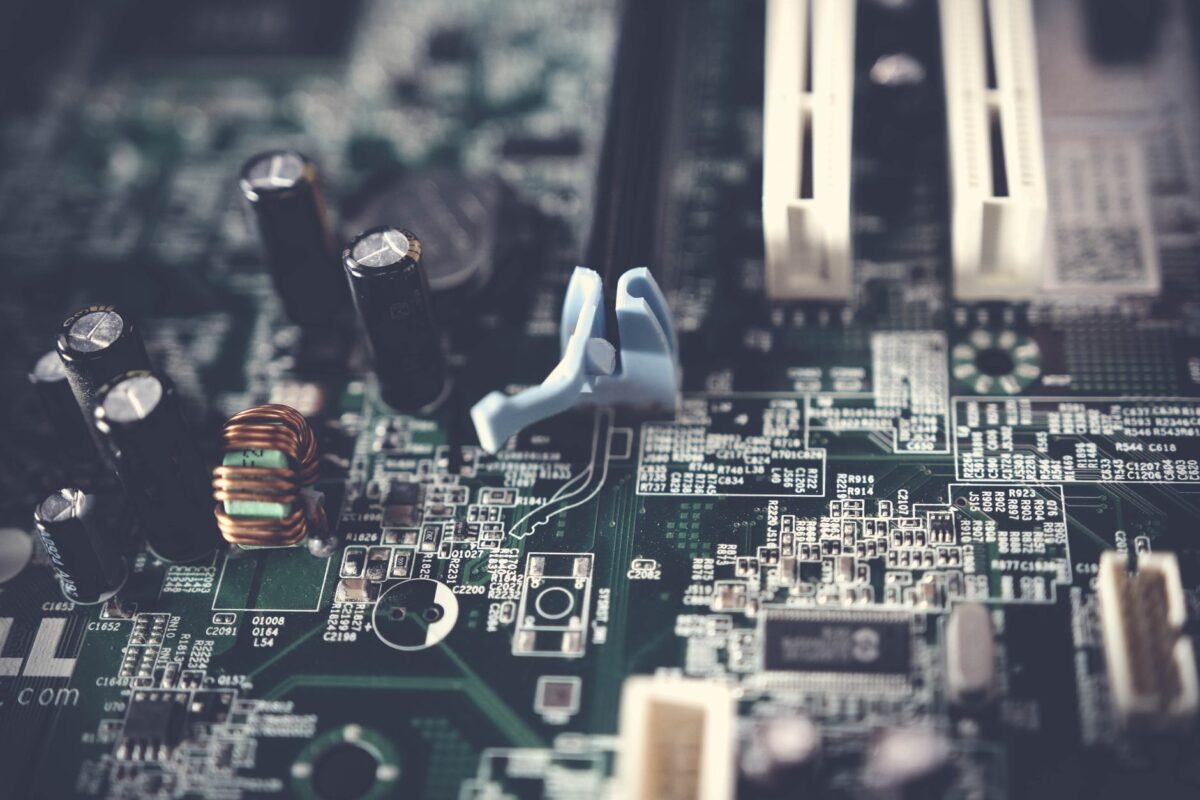US Japan critical minerals agreement
The US and Japan agreed last week to strengthen their supply chains of critical minerals like cobalt, lithium and nickel.
The agreement
In the agreement, signed on March 28, the partners agreed to not impose export duties between the US and Japan on critical minerals. They also said they would take action to address non-market policies of other countries that impact the critical minerals trade.
As the US diversifies its trading partners, they risk further complications in its critical minerals supply chain.
As part of the agreement the investments made by foreign powers in the industry will be reviewed. The allies will also upgrade their
information-sharing and enforcement in relation to labor rights violations.
Trade Representative for America Katherine Tai said Japan was a valued trading partner. She said the partnership
was a welcome moment to strengthen the critical minerals supply chain.
Japan’s Ambassador to the US, Tomita Koji, added that securing critical minerals was vital. This, he said, was partly due to the
increased demand for electric vehicles and the batteries powering them.
Partners
The two countries made other trade agreements in relation to the semiconductor industry. The countries made an agreement in July last year to create a joint research center for next-generation semiconductors.
The agreement was brought in for similar reasons, to soften America’s relationship China.
The US and Japan said during the launch that they want to establish supply chain resilience in the sector, and said they would build a strong battery supply chain.
Are you looking for a partner?
Lantek is a company that always puts its customers’ needs first. We will work with you to make sure we source all the electronic
components you’re looking for. Contact us today on 1-973-579-8100 or via email at sales@lantekcorp.com






